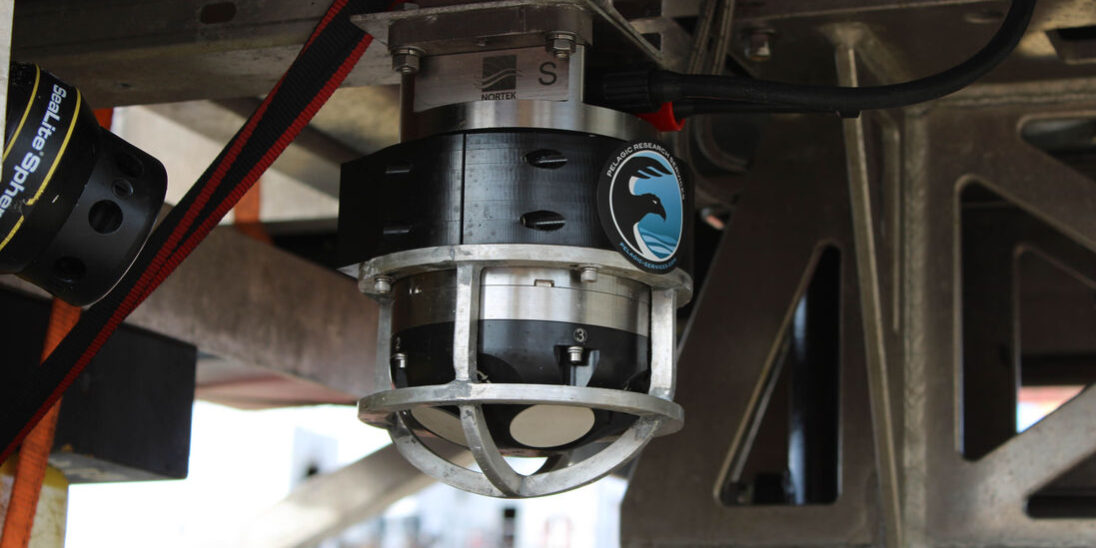ROV PLANET: A high-accuracy DVL and inertial navigation system to pinpoint subsea location
04.03.2021
Pelagic Research Services was looking to improve the accuracy of the subsea navigation systems on its ROV. Find out how an accurate and high-performing DVL paired with an inertial navigation system enabled smooth operation in tricky conditions by hydrothermal vents in the deep ocean.
An inertial navigation system (INS) on board means the Odysseus can navigate with considerable precision across the tricky contours around the hydrothermal vents. But an INS only functions correctly if it knows its exact starting location, and that is not straightforward in this environment.
An ROV’s INS routinely uses ultra-short baseline (USBL) acoustic positioning, which sends pings from the ROV to a transceiver on the surface vessel that can then be interpreted to provide positional data. But that becomes less accurate the deeper the ROV goes and the greater the number of water layers of differing density the sound must pass through, as changing density alters the acoustic properties of water.
Even the highly accurate USBL system Pelagic was using routinely resulted in positioning errors of around 25 m down on the seabed. That might be fine for navigation in some deployment scenarios, but not for the precision work required around the hydrothermal vents.
So, Pelagic needed input independent of surface-based technology to accurately establish the ROV’s position. This is where Nortek’s Doppler Velocity Log came in.
<<<READ MORE>>>







